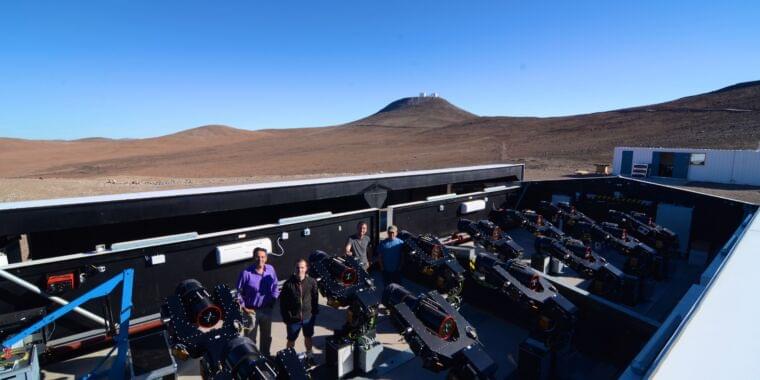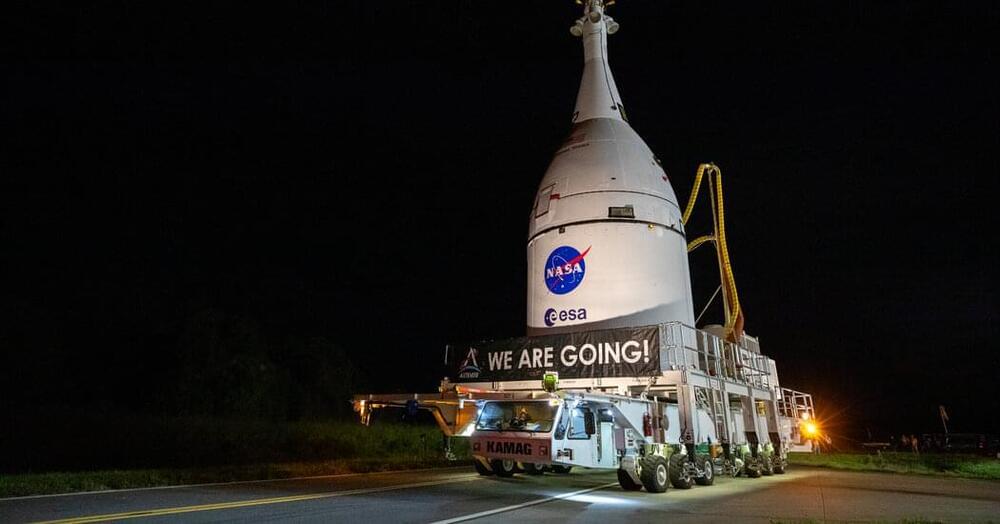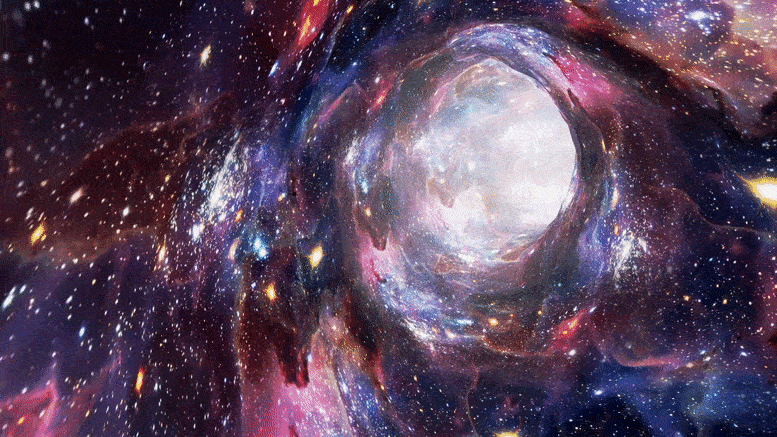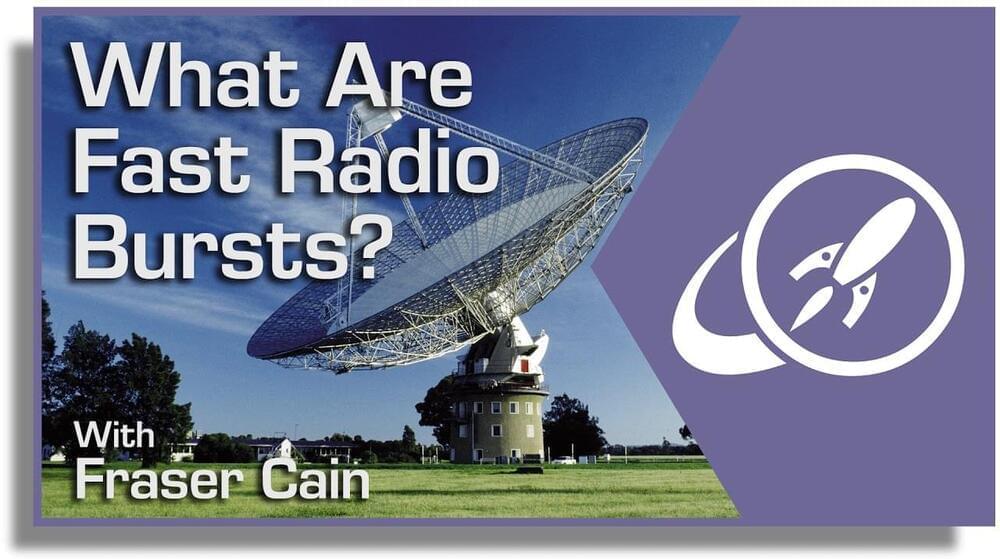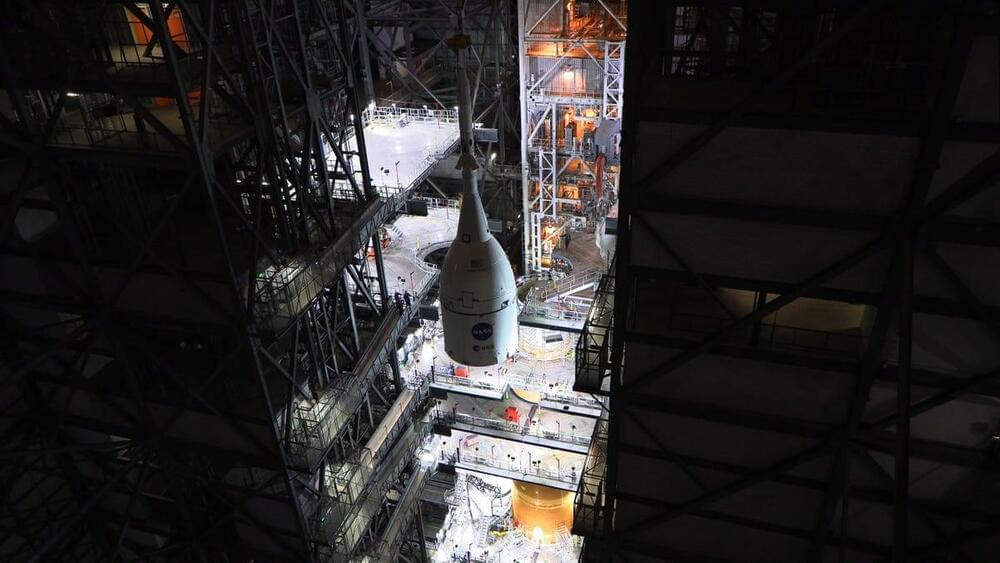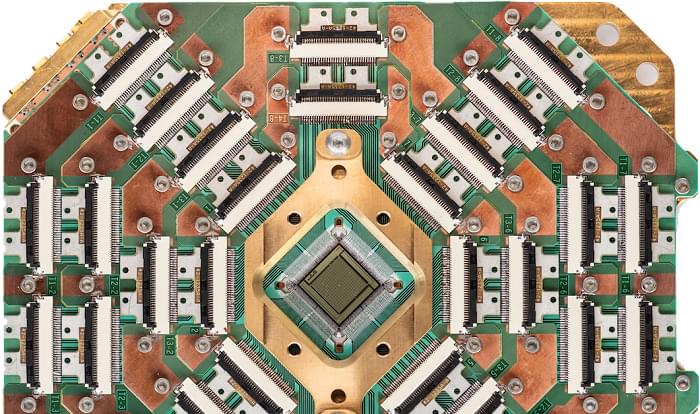You have to know the past to understand the present.
Aptera says you’ll never need to charge its solar-powered three-wheeler. Lucid’s Air Pure sedan aims straight at Tesla. And many more are on the way.
Facebook outlines ambitions for augmented reality glasses.
Facebook is pouring a lot of time and money into augmented reality, including building its own AR glasses with Ray-Ban. Right now, these gadgets can only record and share imagery, but what does the company think such devices will be used for in the future?
A new research project led by Facebook’s AI team suggests the scope of the company’s ambitions. It imagines AI systems that are constantly analyzing peoples’ lives using first-person video; recording what they see, do, and hear in order to help them with everyday tasks. Facebook’s researchers have outlined a series of skills it wants these systems to develop, including “episodic memory” (answering questions like “where did I leave my keys?”) and “audio-visual diarization” (remembering who said what when).
A flight of the Space Launch System and Orion capsule without astronauts aboard is planned for early next year, a first, long-delayed step toward returning astronauts to the moon’s surface.
A University of Toronto astronomer’s research suggests the solar system is surrounded by a magnetic tunnel that can be seen in radio waves.
Jennifer West, a research associate at the Dunlap Institute for Astronomy & Astrophysics, is making a scientific case that two bright structures seen on opposite sides of the sky – previously considered to be separate – are actually connected and are made of rope-like filaments. The connection forms what looks like a tunnel around our solar system.
The data results of West’s research have been published in the Astrophysical Journal.
Researchers working with the 500-Meter FAST telescope in China reported 1,652 fast radio bursts in 47 days coming from a single source.
The energetic phenomena known as Fast Radio Bursts (FRBs) are one of the greatest cosmic mysteries today. These mysterious flashes of light are visible in the radio wave part of the spectrum and usually last only a few milliseconds before fading away forever. Since the first FRB was observed in 2,007 astronomers have looked forward to the day when instruments of sufficient sensitivity would be able to detect them regularly.
That day has arrived with the completion of the 500-Meter FAST Radio Telescope (aka. Tianyan, “Eye of Heaven”). Since it commenced operations, this observatory has vastly expanded the number of detected FRBs. In fact, according to research led by the National Astronomical Observatories of the Chinese Academy of Sciences (NAO/CAS), the observatory detected a total of 1,652 independent bursts from a single source in 47 days.
Earlier this month D-Wave Systems, the quantum computing pioneer that has long championed quantum annealing-based quantum computing (and sometimes taken.
Earlier this month D-Wave Systems, the quantum computing pioneer that has long championed quantum annealing-based quantum computing (and sometimes taken heat for that approach), announced it was expanding into gate-based quantum computing.
Surprised? Perhaps we shouldn’t be. Spun out of the University of British Columbia in 1,999 D-Wave initially targeted gate-based quantum computing and discovered how hard it would be to develop. The company strategy morphed early on.
“I joined in 2005 when the company was first transitioning from a gate-model focus to quantum annealing focus,” recalled Mark Johnson, now vice president of quantum technologies and systems products. “There was still this picture that we wanted to find the most direct path to providing valuable quantum applications and we felt that quantum annealing was the was the way to do that. We felt the gate model was maybe 20 years away.”
For the first time, physicists have been able to directly measure one of the ways exploding stars forge the heaviest elements in the Universe.
By probing an accelerated beam of radioactive ions, a team led by physicist Gavin Lotay of the University of Surrey in the UK observed the proton-capture process thought to occur in core-collapse supernovae.
Not only have scientists now seen how this happens in detail, the measurements are allowing us to better understand the production and abundances of mysterious isotopes called p-nuclei.



